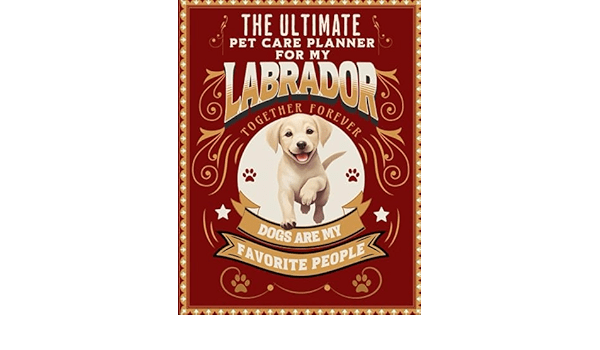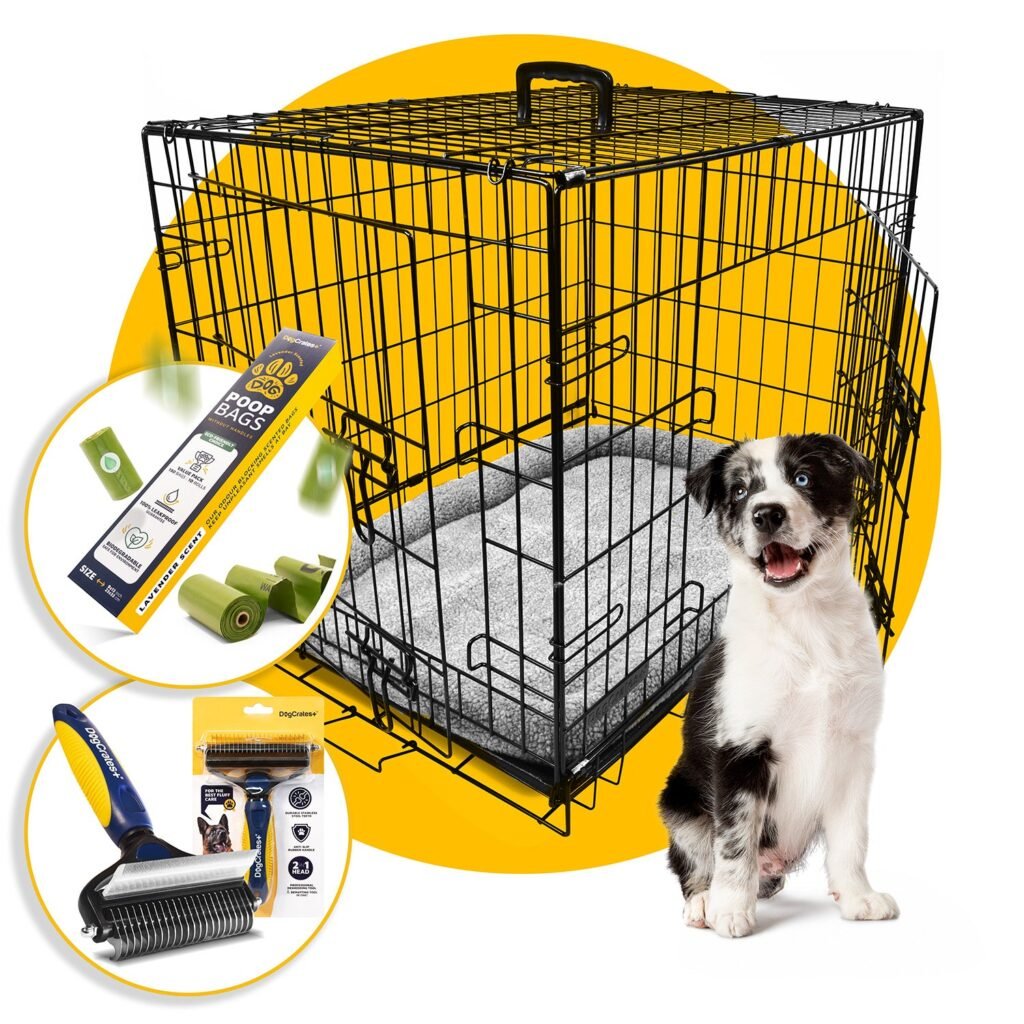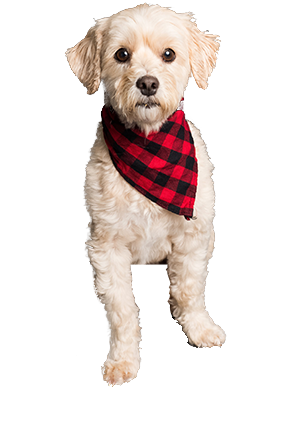Do you ever look around your home and wonder how every corner ended up covered in pet fur? Sometimes, it feels like my life has become a constant battle against the tumbleweeds of fluff that roll across my floors. Whether your beloved pet has short hair or boasts a long, flowing coat reminiscent of a Victorian gentleman’s, fur seems to find its way into the most unexpected places. As a fellow pet owner who has spent countless hours figuring out how to manage this furry dilemma, I thought I’d share some of my favorite tips and tricks on cleaning pet fur in a fun, slightly sarcastic, and hopefully helpful way.
Understanding the Problem: Why Does My Pet Shed So Much?
Shedding is as natural for pets as needing coffee is for us humans. Animals shed their fur to remove old, damaged, or excess hair and make way for new growth. Interestingly, the amount of shedding largely depends on the breed, age, and health of your pet, along with environmental factors like the time of year or your home’s indoor climate. To put it simply, the fur is going to fly, no matter what.
Different Fur Types: What Are We Dealing With Here?
Before diving into the deep end of the lint roller pool, it’s important to understand the different types of fur you might be up against. Those with exotic pets, hold your judgment for now. I’m talking about your standard dogs and cats. Let’s break it down:
| Fur Type | Characteristics | Common Breeds |
|---|---|---|
| Short-haired | Smooth, lays close to the body, generally less cleaning required | Dalmatians, Boxers |
| Long-haired | Tends to be fluffy, often full of tangles and mats | Persians, Golden Retrievers |
| Curly-haired | Dense, can trap dirt and debris, requires regular grooming | Poodles, Bichon Frise |
| Double-coated | Consists of two layers; thick, can feel quite warm in your lap | Huskies, Shih Tzus |
| Hairless (yes, really) | Despite lacking traditional fur, these breeds still shed skin cells | Sphynx, Chinese Crested |
Knowing what kind of fur your pet has is the first step to determining the right cleaning strategy. The tools and techniques needed to tackle a Newfoundland’s fur will be vastly different from those used for a sleek Whippet.

This image is property of www.bondcleaninginadelaide.com.au.
Effective Tools for Combatting Pet Fur
As someone with more gadgets to fight pet hair than I have shoes, I can tell you, the market for these tools is abundant and varied. The right tool can make a world of difference and may even reduce the time you spend cursing your lovable fur tornado. Let’s take a look at a few of the big players in the game.
The Trusty Vacuum Cleaner
Ah, the vacuum cleaner, my oldest and perhaps most trusted ally. Not all vacuums are created equal, especially when it comes to picking up fur. Opt for a vacuum with strong suction power and a high-efficiency particulate air (HEPA) filter to capture those microscopic bits of dander.
For best results:
- Invest in a vacuum with pet-friendly attachments like turbo brushes or upholstery tools. These can make removing fur from furniture and curtains less of an upper-body workout.
- Consider handheld vacuums specifically designed for pet hair if there are specific spots that regularly resemble a pet hair crime scene.
Lint Rollers: The Quick Fix
Lint rollers are to pet owners what band-aids are to parents: a quick fix that’s accessible and effective for small areas. But let’s get real—using lint rollers is like using an espresso shot to tackle a month-long jet lag. Handy and great in a pinch, but they’re not your one-stop solution.
Special Brushes and Gloves
Brushes and gloves designed for shedding can be revolutionary. They’re like the personal trainers of fur management—they do the hard work while you oversee the operation. Rubber grooming gloves can be wonderful for a little petting session that results in less fur on your couch. Here are a couple of brush types to consider:
| Brush Type | Ideal for | Characteristics |
|---|---|---|
| Slicker Brush | Long-haired pets | Fine, short wires that remove loose hair and mats |
| Bristle Brush | Short-haired pets | Soft-bristled brush for smoothing fur and skin oils |
| Undercoat Rake | Double-coated breeds | Removes loose undercoat hair efficiently |
Air Purifiers: An Unsung Hero
While not a direct tool against fur itself, air purifiers can help manage airborne fur and dander. This can be particularly useful in homes where allergies are a concern. Cleaner air means less overall dander settling on surfaces.
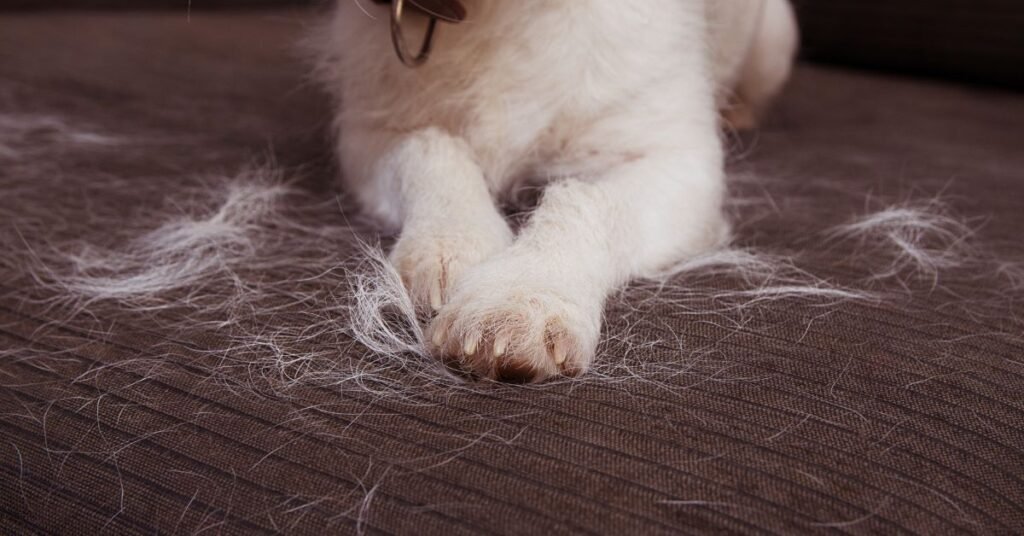
This image is property of www.cleanbees.com.
Daily Habits for a Less Furry Home
Consistency is key in the fight against pet fur. Like a diet or fitness routine, it’s a commitment rather than a one-and-done deal. By incorporating some practical, everyday habits, you’ll find your home starts to resemble a pet sanctuary rather than a fur farm.
Grooming Your Pet Regularly
As obvious as it may sound, regular grooming is crucial—it’s like getting a haircut to prevent split ends. By grooming your pet regularly, you collect the fur before it becomes tomorrow’s mess.
- For most breeds, brushing 2-3 times a week is usually sufficient. For the hairier beasts among us, daily grooming might be necessary.
- Bathing your pet every few months (unless stated otherwise by your vet) helps reduce shedding further.
Maintaining a Clean Home
Cleaning house every day may sound exhausting, but hear me out. Doing a little bit every day means you’re never facing a mountain of fur. I’d suggest:
- Using a damp mop for hardwood or tile flooring. It picks up fur better than dry sweeping.
- Keeping pet-free zones, like your bedroom or home office. This gives you a respite from the fur flurry.
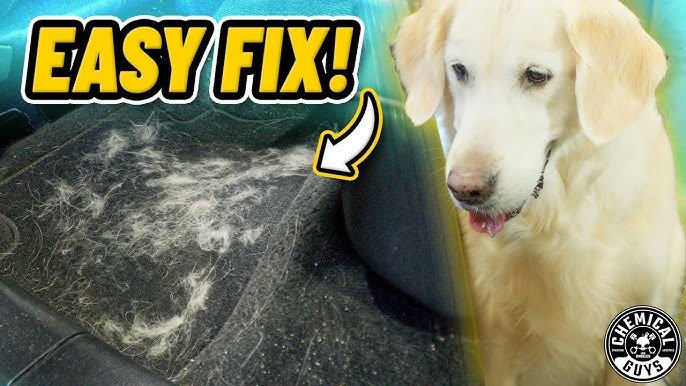
This image is property of i.ytimg.com.
Fabric Management: Sofas, Carpets, and Clothing
Fur adheres to fabrics with the vigor of a Kardashian to a selfie. It requires a bit of a strategy to manage effectively.
Sofas and Furniture
To protect your lovingly chosen couch from becoming a fur-covered resemblance of its former self, consider these tips:
- Use washable throws or slipcovers. They’re infinitely easier to clean than the furniture itself.
- Try anti-static spray on furniture. Fur sticks less to chemically treated surfaces.
- Invest in a leather or tightly woven fabric if you’re planning on acquiring new furniture anyway. These materials tend to repel fur more effectively.
Rugs and Carpets
Carpets and rugs can be fur magnets and cleaning them properly can feel like a herculean task. Here’s what works for me:
- Vacuum your carpets regularly, making several passes in different directions to capture as much fur as possible.
- Use baking soda sprinkled on carpets before vacuuming to help loosen fur and eliminate any odors.
Clothing: Free Yourself from the Fur
Why is it that pets somehow know the very moment you put on a black sweater and decide to cuddle? Here’s how to fur-proof your wardrobe:
- Keep a clothes brush or lint roller near the door for a last-minute fur check.
- Wash clothing with vinegar or a fabric softener sheet. This reduces static and helps fur not stick as much.
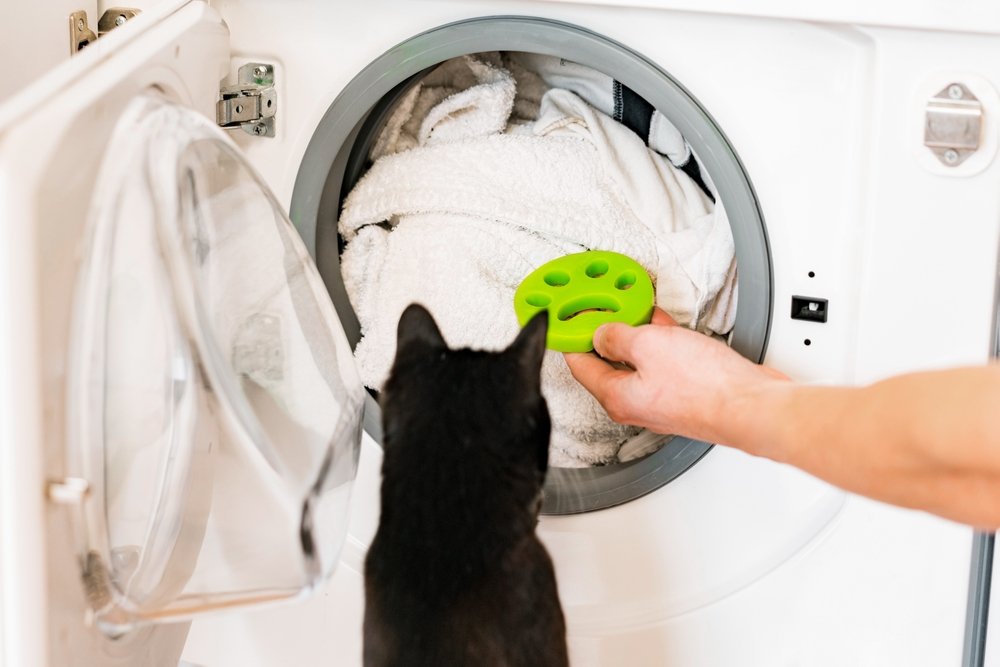
This image is property of www.ovrs.com.
Pet Hair and Allergies: Managing Dander
For some of us, our love for pets is only slightly greater than our dislike of sneezing fits. If allergies are a concern in your household, you’ll need to manage the cause of the allergies effectively: pet dander.
Reducing Dander in the Home
Considering that dander is actually dead skin cells rather than fur, reducing dander involves more of these strategies:
- Regular grooming of your pet can help keep dander levels low.
- Using air purifiers equipped with HEPA filters to capture dander particles.
- Maintaining humidity levels with a dehumidifier to prevent skin dryness in your pet.
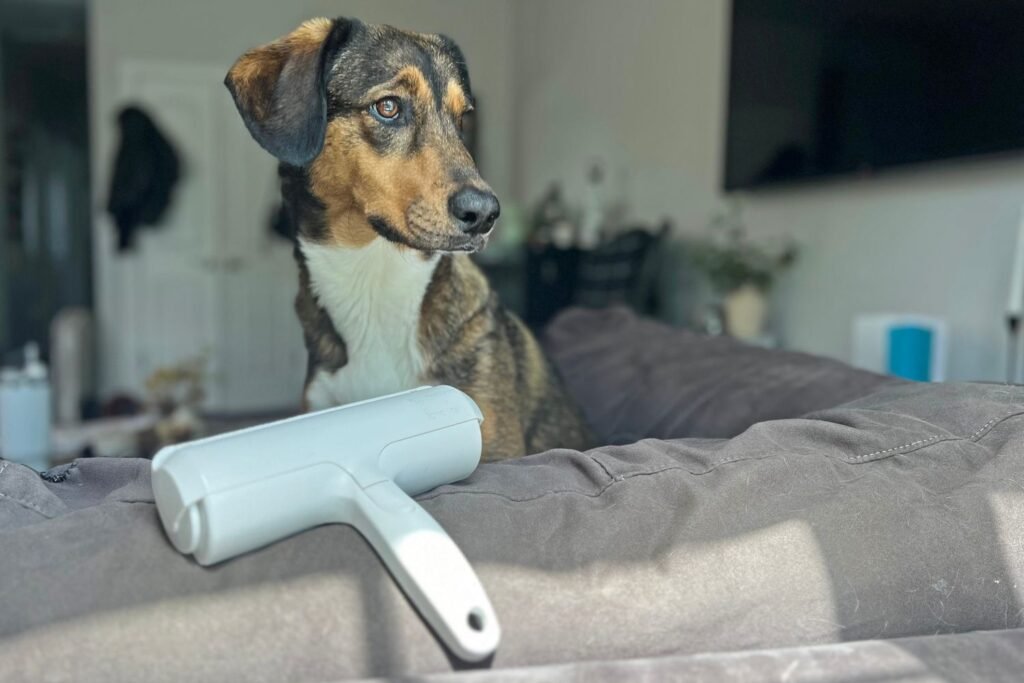
This image is property of people.com.
Conclusion: Embrace the Fur
At the end of the day, being a pet owner means sharing your life with a little extra fluff. While there isn’t a magic bullet to eliminate fur completely, there are certainly effective ways to manage it. It might take a bit of effort, but when your pet curls up next to you, that little shedding companion makes it all worthwhile. Remember, when life gives you fur, make it into a cozy situation. Perhaps that’s slightly cheesy, but as you vacuum your fifth fur tumbleweed for the day, it might just help you smile.
So, take these tips, and mix in a little trial and error to discover what works best for your home. And maybe, just maybe, you’ll find yourself with a little more time to enjoy the wonderful, furry chaos that pets bring into our lives.



